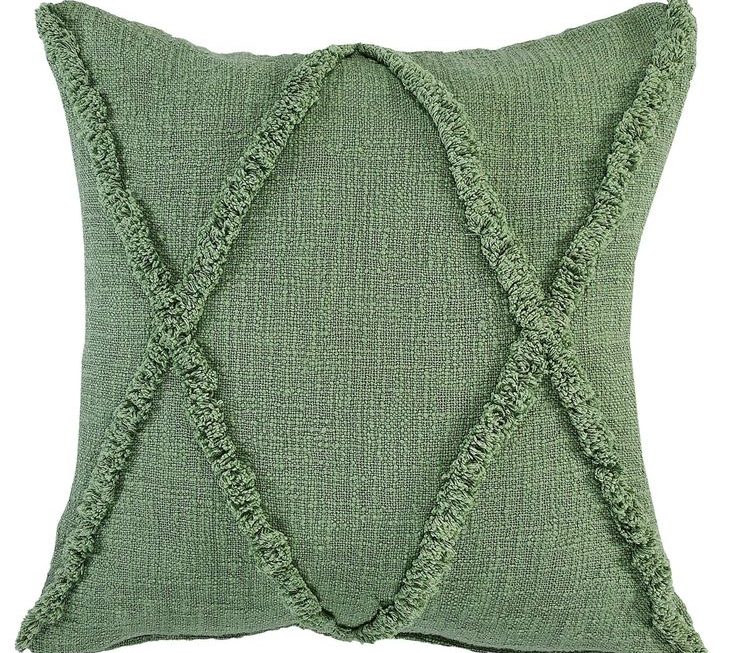 Introduction:
Introduction:
Outdoor cushions not only add comfort to your outdoor furniture but also contribute to the overall aesthetics of your outdoor space. Making your own outdoor cushions allows you to customize the size, shape, and fabric to suit your specific needs and style. In this comprehensive guide, we will explore the step-by-step process of making cushions for outdoor furniture. From selecting the right materials to sewing techniques and care instructions, this guide will provide you with all the information you need to create beautiful and durable cushions for outdoor use.
Materials and Supplies
Foam or Cushion Inserts:
Choose foam or cushion inserts specifically designed for outdoor use.
Opt for foam with high water and mildew resistance to withstand outdoor conditions.
Fabric:
Select outdoor fabric that is durable, fade-resistant, and easy to clean.
Look for fabric designed for outdoor use with UV protection and water repellency.
Sewing Supplies:
Gather sewing supplies such as a sewing machine, thread, scissors, measuring tape, pins, and a zipper foot if adding a zipper closure.
Measuring and Cutting
Measuring the Furniture:
Measure the dimensions of your outdoor furniture to determine the size of the cushions needed.
Consider the depth, width, and height of the seating area to ensure a proper fit.
Calculating Fabric Size:
Add seam allowances (typically 1/2 inch or as desired) to the measurements to determine the fabric size needed for each cushion panel.
For box cushions, add additional measurements for the side panels.
Cutting the Fabric and Foam:
Use the measurements to cut the fabric panels and foam inserts.
Use a sharp utility knife or electric foam cutter to cut the foam to the desired size and shape.
Sewing Techniques
Sewing Box Cushions:
Pin and sew the side panels to the top and bottom panels, right sides together, leaving one edge open for inserting the foam.
Attach a zipper or Velcro closure to the open edge for easy removal and cleaning.
Sewing Simple Seat Cushions:
Pin and sew the front and back panels together, right sides facing, leaving a small opening for inserting the foam.
Hand-sew or use a sewing machine to close the opening after inserting the foam.
Adding Details and Accents
Piping or Welting:
Add piping or welting to the edges of the cushions for a finished and professional look.
Cut fabric strips on the bias, fold them over cord, and sew them into the seams of the cushion panels.
Ties or Fasteners:
Include ties or fasteners to secure the cushions to the outdoor furniture.
Sew fabric straps with buttons or Velcro closures to the backside of the cushions.
Section 5: Care and Maintenance
Waterproofing and Stain Resistance:
Consider applying a waterproofing spray or fabric protector to the finished cushions to enhance their resistance to water and stains.
Cleaning and Storage:
Follow the manufacturer’s instructions for cleaning the cushions.
Store the cushions in a dry and covered area when not in use to prevent damage from sunlight and moisture.
 Conclusion:
Conclusion:
Making cushions for outdoor furniture is a rewarding and practical DIY project. By following the step-by-step instructions provided in this comprehensive guide, you can create customized cushions that not only enhance the comfort of your outdoor furniture but also add a personal touch to your outdoor space. With the right materials, sewing techniques, and care instructions, your homemade outdoor cushions will withstand outdoor conditions and provide enjoyment for years to come. So, gather your supplies, choose your favorite outdoor fabric, and embark on this creative journey to make beautiful and functional cushions for your outdoor furniture.


